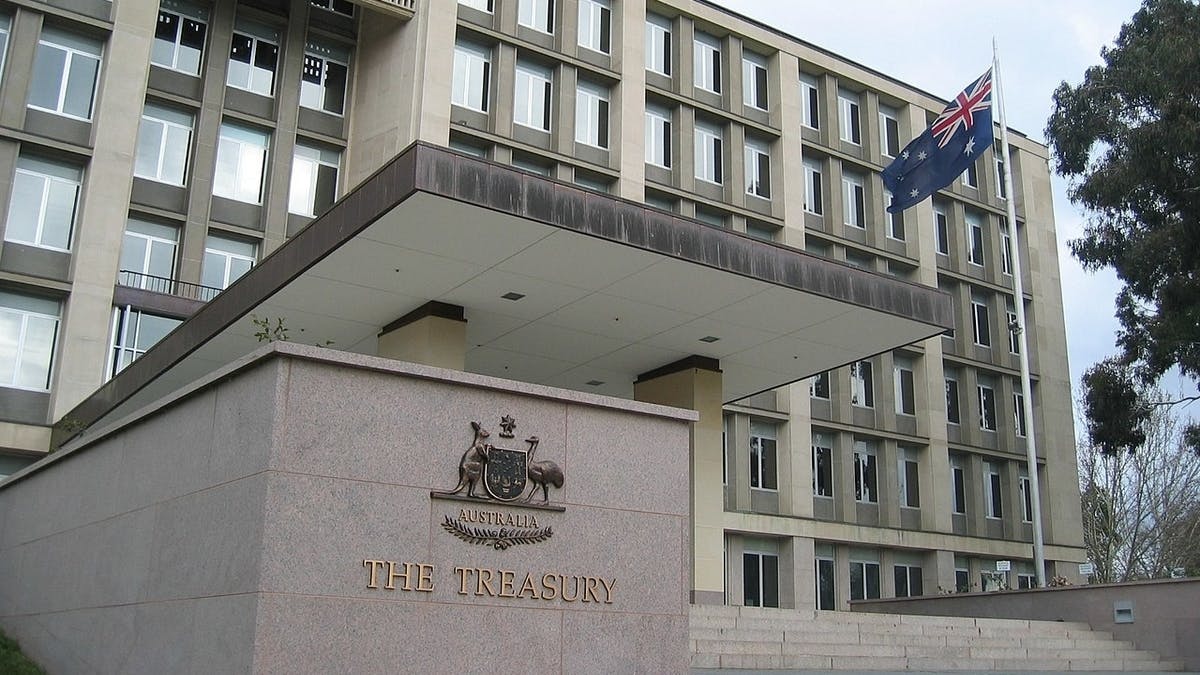The Treasury and Finance departments signed off on the pre-election Economic and Fiscal Outlook (PEFO), which made no significant changes to the key economic forecasts contained in the March 29 budget.
Furthermore, the report predicted that tax receipts would reach a tax-to-GDP ratio of 23.9 per cent by 2031-32.
Why are we discussing this?
The present government has a self-imposed tax-to-GDP cap of 23.9 per cent, implying that the government’s target will not be met until 2031.
According to the report, payments as a share of GDP are expected to remain largely stable over the medium term, reaching 26.5 per cent of GDP in 2032 33.
“Total receipts are expected to be 23.8 per cent of GDP in 2022 23 and will rise to 25.8 per cent of GDP in 2032 33. Total payments are expected to fall from 27.2 per cent of GDP in 2022 to 26.3 per cent of GDP in 2025 26.”
When did the 23.9 per cent rule start?
As per the report, the cap of 23.9 was articulated in 2014–15 MYEFO, but it appears to have been part of the assumptions used to develop the 2014–15 budget. The average of tax receipts to GDP between the implementation of the GST and the Global Financial Crisis is 23.9 per cent.
What’s the issue?
The present 23.9 per cent limit is just the latest of equally arbitrary ceilings to which governments have committed from time to time. According to a report titled, “The arbitrary 23.9 per cent tax revenue to GDP figure”, The Australian institute said that such capping could severely limit our choices.
“When they are taken seriously, arbitrary tax to GDP ratios can severely limit choices available to the electorate.
“The arbitrary cap cuts across questions such as the appropriate level of government services, their composition, financing, and how the distribution of income might be addressed. All of these are properly questions to be addressed in the political arena.”
Based on current projections, the government has no reason to offer additional tax cuts until the next decade. PEFO, released ten days before the election under the charter of budget honesty, is an independent budget statement free of government input.
Are there any changes to projections?
PEFO’s forecast for the deficit in the fiscal year 2022/23 is $79.8 billion, the same as in the budget. Still, it is now fractionally lower at $77.9 billion, compared to $78 billion in the budget.
Further out, the deficit for 2025/26 has been reduced to $42.9 billion from $43.1 billion, while other deficit projections have remained unchanged. The budget’s economic forecasts for growth, unemployment, inflation, and wages were unchanged.
“The economic and fiscal outlook has not materially changed since the 2022/23 Budget publication,” PEFO says.
“While there has been a recent movement in some economic indicators, taking into account all available information, our judgment is that these have not materially altered the economic and fiscal outlook.”
Consumer prices to rise
The report warned that consumer prices in Australia are expected to grow by 4¼ per cent through the year to the June quarter of 2022, of which higher fuel costs from elevated global oil prices directly contribute around one percentage point.
“The tight domestic labour market and strengthening of wages growth will see inflation remain at the upper end of the Reserve Bank’s target band for some time, at 3 per cent through the year to June quarter of 2023 and 2¾ per cent through the year to the June quarters of 2024 and 2025,” it stated.
“The fuel excise reduction is expected to reduce headline inflation by around ¼ of a percentage point in the June quarter of 2022. Beyond 2022, inflation is expected to moderate as supply chain pressures and new dwelling costs ease, the oil price is assumed to fall, and as policy rates normalise.”
The purpose of the PEFO is to provide updated information on the economic and fiscal outlook.
Here’s the full document: https://www.finance.gov.au/sites/default/files/2022-04/PEFO_2022.pdf
Keep up to date with our stories on LinkedIn, Twitter, Facebook and Instagram.

